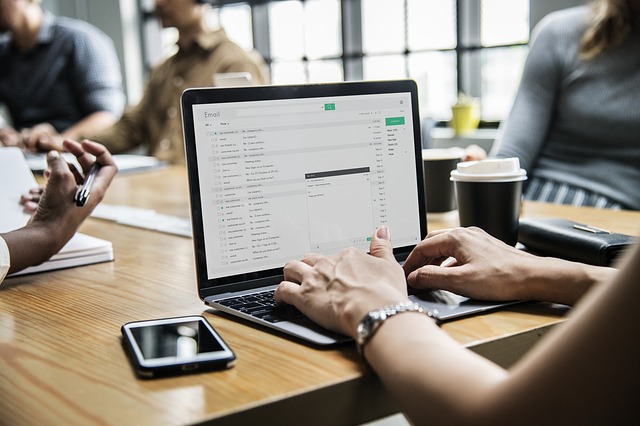According to this statistic on Statista, the number of emails sent and received each day in 2018 was approximately 281 billion. The numbers are expected to go up to 347 billion by 2022. The numbers are huge and they seem to be growing day by day, probably because email is a popular means of communication, and most businesses have realized the importance of email in marketing. While email marketing does work, the biggest challenge for businesses is getting noticed by a customer who receives more than 10 emails in a day. It takes hard work and the right approach to write emails that people will open and read. This article highlights some tips that can be helpful in writing the emails customers want to see.
Send the Right Message to the Right Audience
Your messages could be getting ignored simply because you are sending the right message to the wrong person. To avoid this, get to know your subscribers and place them in groups based on how they have interacted with your business. This will give you direction when sending emails. For instance, the first email series you send to someone who just subscribed should be different from the one you send to those who have been on your mailing list for years.
Next, learn how to write different types of emails. The templates you use, how you craft the message, the timing and frequency should be different for each type of email to ensure it meets its end goal. Use online resources to discover different types of emails you should be sending to customers and get step by step guidance on writing emails effectively. This post by Sendinblue, for instance, explains in detail how to craft welcome series for your new customers. The Sendinblue company focuses on cloud–based digital marketing solutions for SMBs. Their blog section explores different categories such as email marketing, e–commerce, CRM, SMS, and mobile marketing among others, so they are a good resource to refer to.
Learn How to Write Good Subject Lines
For subscribers to actually open your email, you got to have very good subject lines. If a subscriber has 100 emails in their inbox, they may not have the time to read all that. So, what does he or she do? One will simply scan through the headlines and only open emails whose headlines sound good. This HuffPost article gives some examples of great subject lines for emails. When writing your headlines, keep them short, use buzzwords, create urgency, use words that spark curiosity, communicate the purpose or value, and make it personal where you can.
Subtitles and Bullet Points
Again, people are busy, and they have tons of other emails to read. To make reading easier for your subscribers, use bullet points and subtitles to highlight your key points. By using the two, subscribers can easily get through your email even when their concentration is low.
Use Links
Use links to keep your emails short. Instead of narrating a whole story you have published on your blog, link to it. Simply introduce the content you are linking to briefly and in a manner that creates curiosity and then provide the link. This is especially important in cases where that content isn’t the main focus of your email.
Optimize for Mobile
More than half of the emails sent every day are opened on mobile devices. Therefore, if you don’t choose templates that are mobile–friendly, more than half of your emails could go unread. The length of the subject line also matters since mobile devices will display fewer characters. Thus, a person opening an email on their mobile device can easily miss the buzzword that makes your subject line epic.
Don’t Forget to Write Like a Professional
You can get personal and funny, but remember to write like a professional. Go through your mail after writing to check grammatical errors, fluff, and other mistakes, and ensure you are using words and tones that are acceptable. Also, format your work well so that the reader gets a good first impression when they finally open the email. If everything is all over the place, the subscriber will not read that email even if you have nailed the subject line.
If you work on your emailing strategy and still don’t get significant results, you may want to consider email cleaning. You might be sending emails to email addresses that are incorrect, some that are no longer in use, or to people who are not interested in your business. Clean your list and get more people to subscribe. However, before you get the inactive subscribers off your list, reach out to them first. Grab their attention, remind them why they joined, offer some incentives, and give them an option to change their email preferences, and you might be surprised that some could go back to being your most active subscribers.



